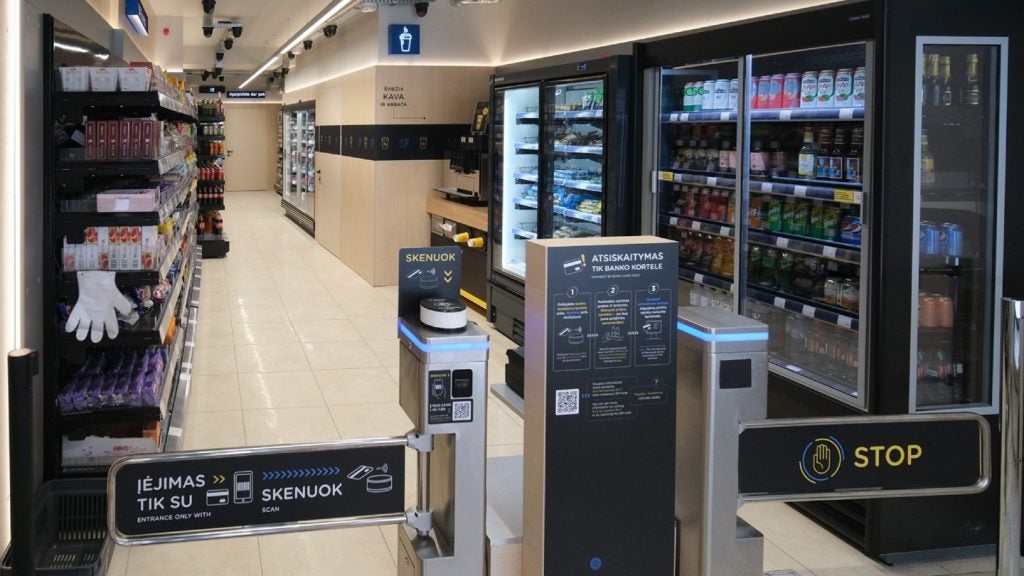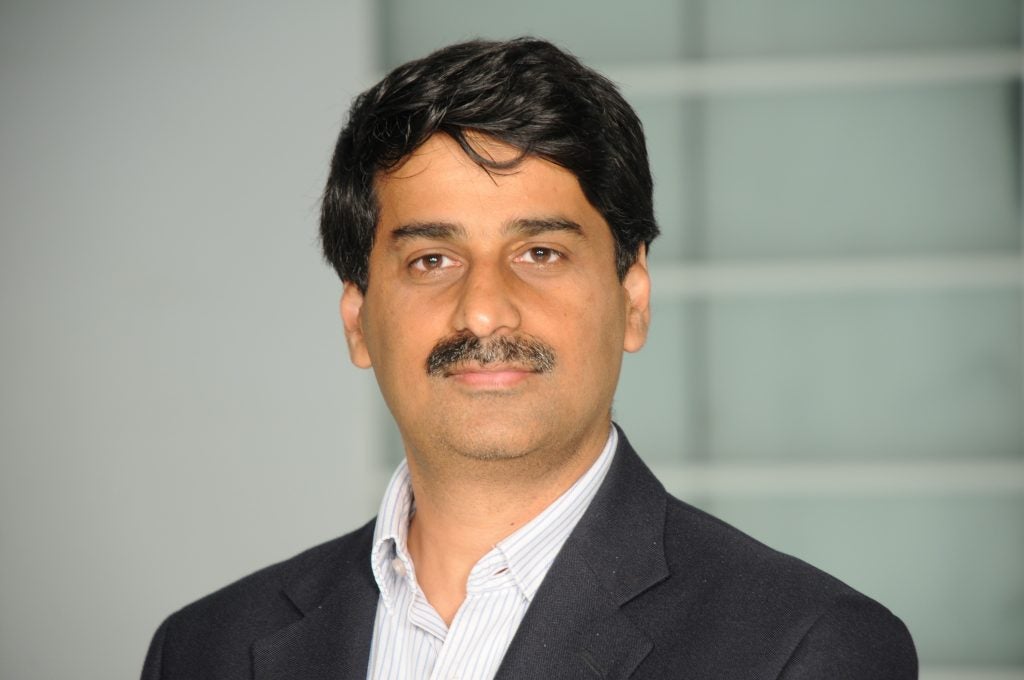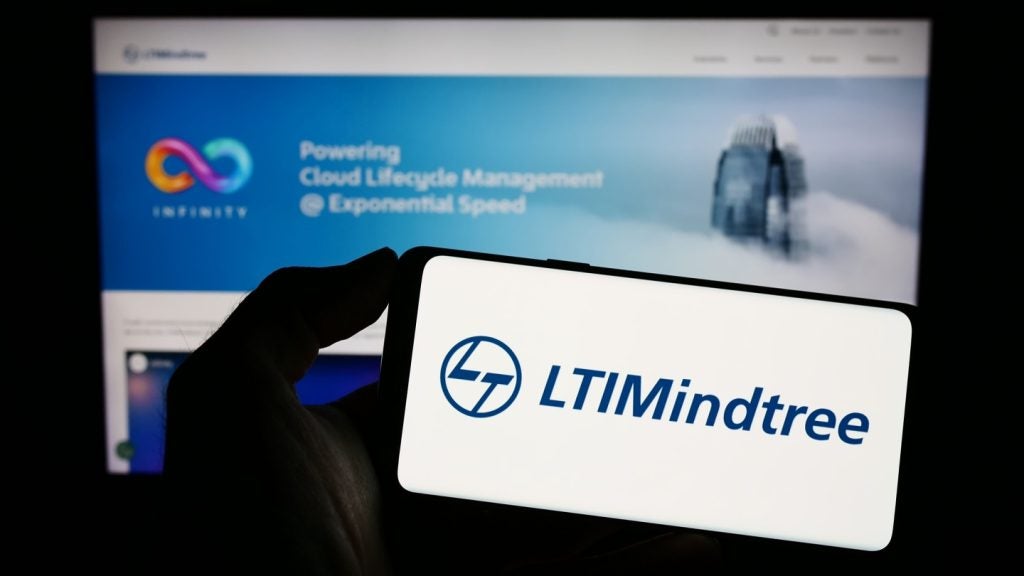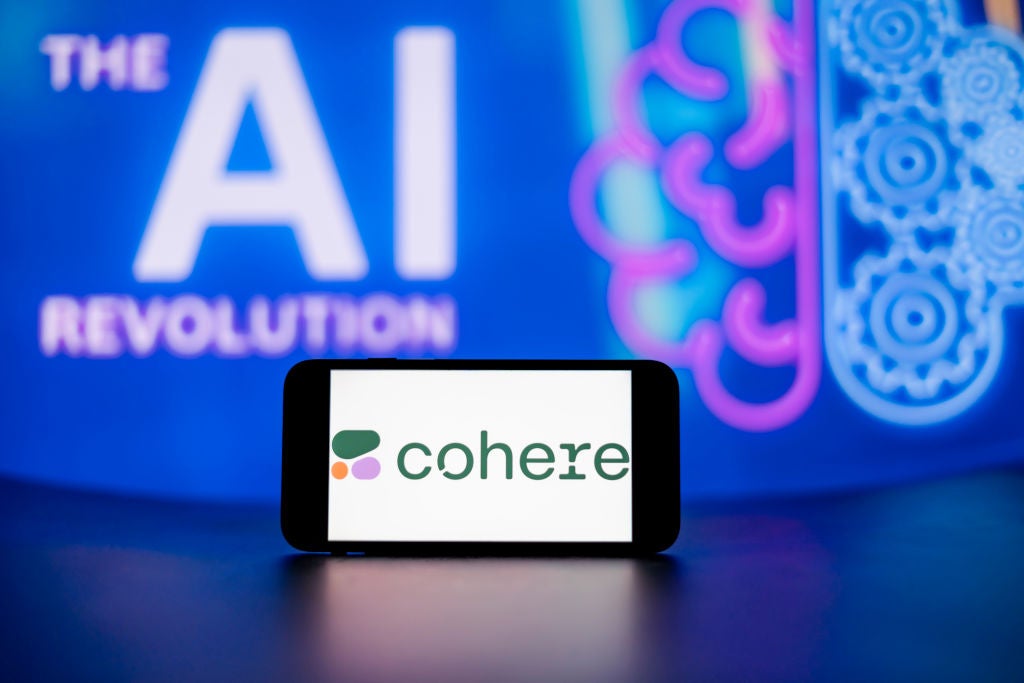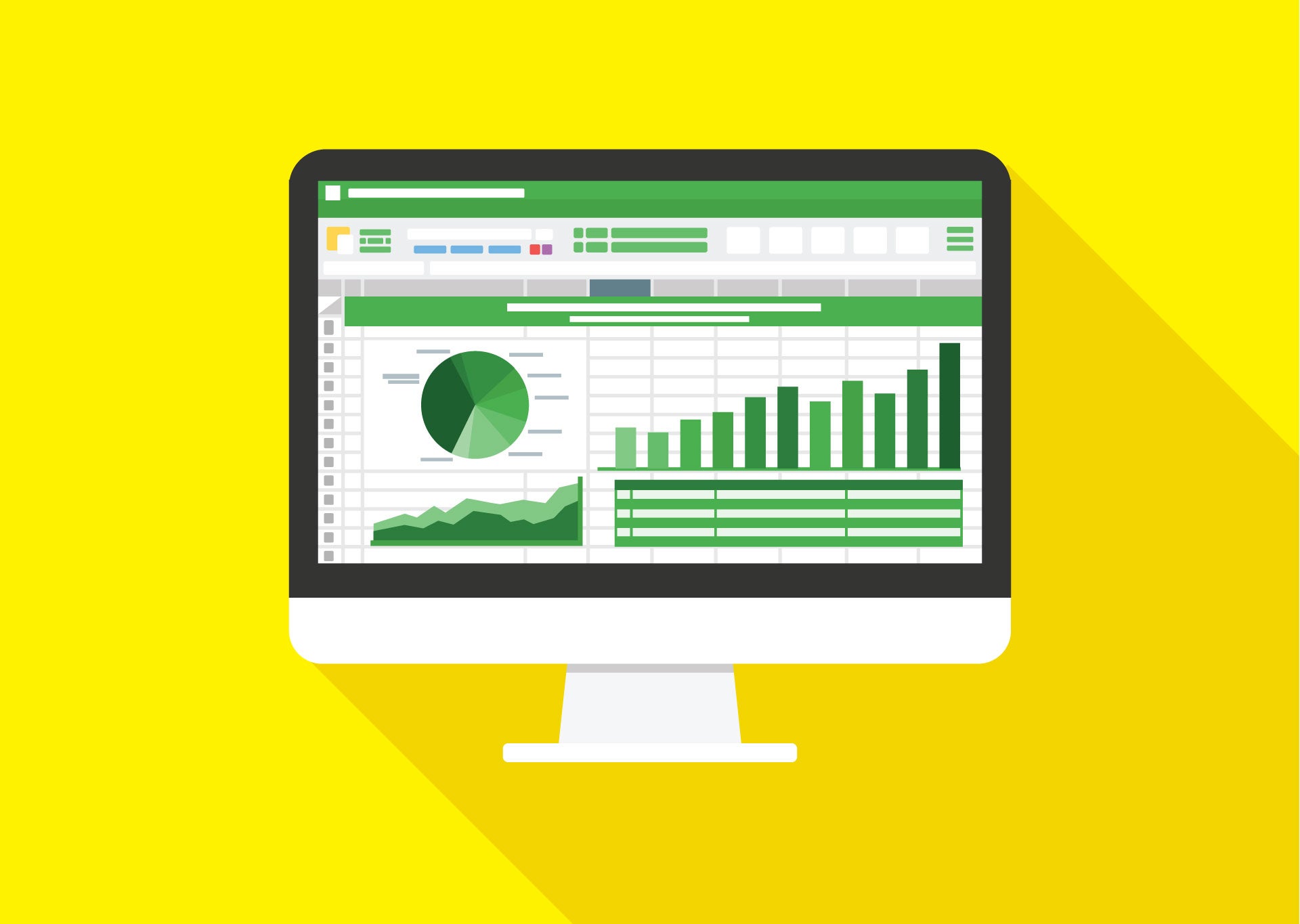
Kingsley Hughes-Morgan is EMEA CTO of AppDynamics, an application performance monitoring company owned by Cisco.
The US firm, founded in 2008, provides tools that allow businesses to glean insights from how their applications are operating and uses machine learning to automate anomaly detection and remediation. In 2017, as it was preparing to IPO, technology giant Cisco acquired AppDynamics for $3.7bn, which has since seen the firm expand its suite of monitoring tools.
In this Q&A, the 11th in our weekly CTO Talk series, Hughes-Morgan explains why having all the facts is vital to understanding a problem, why showing not telling is key to cutting through the hype, and shares how Visual Basic 6 nurtured an early interest in technology.
Rob Scammell: Tell us a bit about yourself – how did you end up in your current role?
Kingsley Hughes-Morgan: I have always had a passion for technology, but it took me until I landed my first job in the IT sector to truly grasp the impact that it has on both business outcomes and society. Previous to Cisco AppDynamics, I have worked for a couple of software vendors and a networking hardware company. Those experiences provided me with the foundations to understand the aspects of how large organisations ran. I was consulting with some of the largest businesses in pharma, telecoms, and FMCG. It was at that point I joined Cisco AppDynamics to help drive business value using software – something that I am still excited by!
What’s the most important thing happening in your field at the moment?
As much as it’s a buzzword, it’s all centred around digital transformation. Organisations are in a period of rapid technological change, driven by a determination to dominate in their respective markets. As interactions for users simplify and complexity at the back-end is exploding we need to understand that the customer experience remains at the core here.
To ensure businesses are meeting their customers’ increasing digital expectations, they should look into developing even more intuitive digital experiences. Surviving, and indeed thriving, through delighting your customer is the current struggle facing organisations across all industries from technology to retail and finance.
How well do you really know your competitors?
Access the most comprehensive Company Profiles on the market, powered by GlobalData. Save hours of research. Gain competitive edge.

Thank you!
Your download email will arrive shortly
Not ready to buy yet? Download a free sample
We are confident about the unique quality of our Company Profiles. However, we want you to make the most beneficial decision for your business, so we offer a free sample that you can download by submitting the below form
By GlobalDataWhich emerging technology do you think holds the most promise once it matures?
Hands-down, it’s artificial intelligence (AI) and machine learning (ML). These are the critical solutions involved in solving the level of back-end complexity that currently exists within applications. Applied AI and ML allows businesses to have visibility into performance issues, insights into the root cause of any given anomaly, and the ability to take immediate action and address performance issues before they impact the customer.
We might be talking about these technologies, but they are still due to enter a more mature phase. For businesses, once AI gets to a point where it can carry out the thought, correlation, and contextualization of data sets to drive automated responses, this will have a huge impact not only on IT organisations, but on how we as consumers interact with services.
I’m also really excited by the potential of virtual reality (VR) devices and augmented reality (AR) applications, that will also soon be commonplace. These technologies are nothing new but are growing in popularity and allow for more intuitive and interactive experiences. My bet is that mainstream adoption across a wider spectrum of sectors will be imminent.
 How do you separate hype from disruptor?
How do you separate hype from disruptor?
Always through real-world examples. You need to look at what use case the product in question has been applied to, and what value it delivered back to a customer or an organisation. Without examples, we only have theories that haven’t been put into practice, which is where the hype can be distorted. It’s one thing to talk about what new tech can do but be proactive: go and do it. This is ultimately what resonates with IT buyers. Start with telling and then, more importantly, showing the value that the technology has already delivered and separates the hype and story from the true market disruptors.
What’s the best bit of advice you’ve been given?
Know the facts. Understand the situation and those involved, it really helps to reach quicker resolutions when solving issues. I’ve been applying this advice for years and this is really something that has been learnt through practice. The core message is that situations always have different contributing factors, and without knowing the details, it’s difficult to give unbiased advice.
Where did your interest in tech come from?
I’ve always been fascinated by technology. My earliest memory of using tech to build something really usable was a small programme developed in Visual Basic 6 when I was 15. That’s when I really started to grasp the power of tech. Later, at university, I realised that tech doesn’t just serve a purpose, it’s critical that you put significant thought into the interface to make it usable. To put that to the test, I decided to build a search engine and study how different interaction mechanisms with data would affect the overall user experience of using a platform, from related searches, to search clustering, through to keyword search clouds.
What does a typical day look like for you?
No two days are the same, but I do spend a lot of time with customers. In my role, it’s essential that I take time to understand their business-critical challenges and ensure our platform is implemented in a way that meets their challenges now and in the future. I also spend time on our own AppDynamics internal strategy.
I’m a meticulous planner, so my workday always starts with sorting out my to-do list. Although even before that I try to get to the gym in the morning. It’s really important to me to start my day off right, where I can.
What do you do to relax?
I love surfing, it’s always played a part of my life, and is really important for me, not just to keep fit but as a way to switch off and refocus my time and energy.
I also started meditation a few years ago and I’m really enjoying practising that. It teaches me to be present, and fits in well with my work – I’ve been known to meditate on the plane or on the tube.
Both of these activities really help me clear my mind and be in the moment, which is important to me.
Who is your tech hero?
Steve Jobs had a major impact on me from a technology standpoint, for a number of reasons. Firstly, his passion: it wasn’t about just shifting product, it was really about building great, quality technology, that not only provided capability, but the design was stunning too, regardless of cost.
Steve pushed the boundaries of innovation, simply by starting with an idea, and then surrounding himself with those key individuals who helped make the innovation into reality. Also, his tenacity – from running the business to being ousted. He still had the determination to get back to the helm. I think from this there are so many qualities that make Steve Jobs such an iconic tech hero to so many, myself included.
What’s the biggest technological challenge facing humanity?
I truly believe that technology can have a significant positive impact on solving some of the world’s most pressing medical priorities. With AI, machine learning, high-performance computing etc. we have the ability to detect diseases like cancer at an early stage, determine the right treatment path, and more rapidly develop cures. The challenge is harnessing all of these advancements in tech and focusing them appropriately.
Read more: CTO Talk: Q&A with Sensat’s Lorenzo Alberton


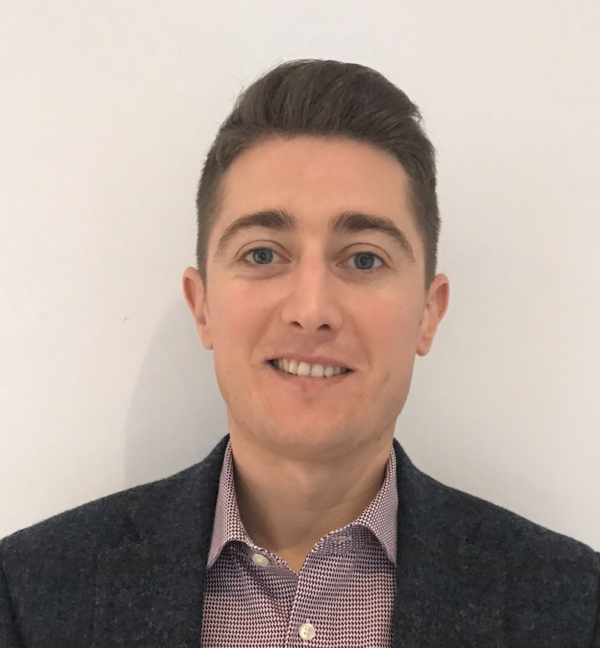 How do you separate hype from disruptor?
How do you separate hype from disruptor? 
